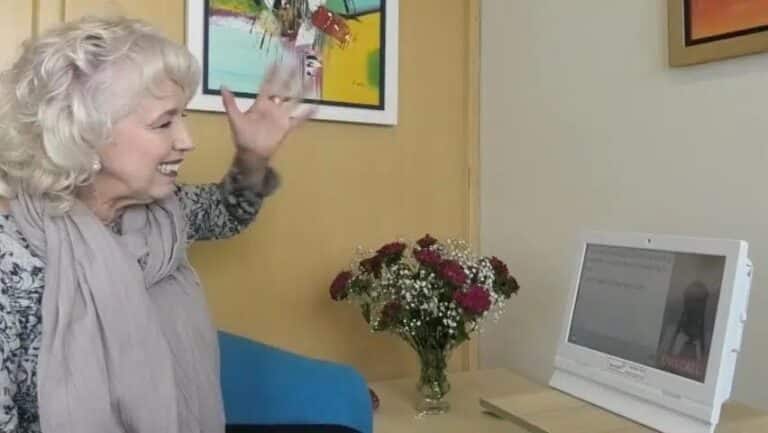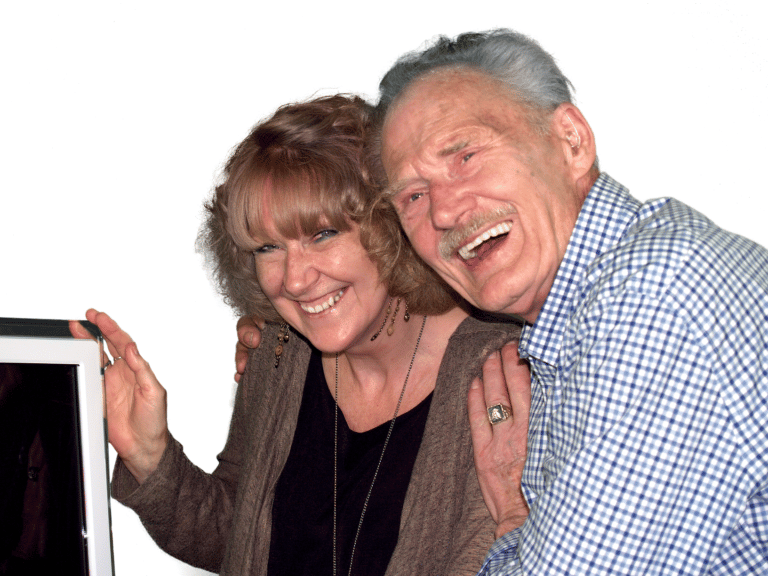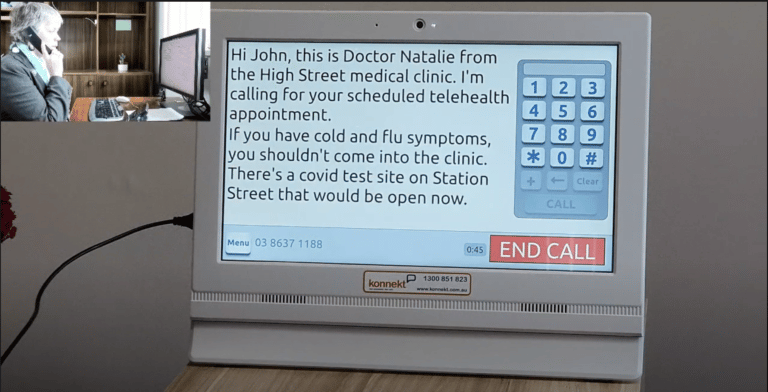Written by John Nakulski, Feb 2023:
Did you know that by the year 2050, the United Nations World Health Organisation predicts that nearly 2.5 billion people are expected to have some degree of hearing loss?
Of this, it’s projected that at least 700 million people will require specialist support and rehabilitation for their condition.
Despite these alarming statistics, one thing remains certain: deafness, hearing loss and hearing impairment are conditions that will long remain a health-related challenge in contemporary society.
Like most conditions, hearing loss can be caused by a number of different factors.

What causes hearing loss?
- Congenital factors
- Illness (e.g. as a result of illness of viral infection)
- Aging
- Head trauma
- Ototoxicity caused by reactions to medicine
- Exposure to excess noise levels
As we can imagine, being Deaf or hard-of-hearing does not preclude a person from the need to communicate effectively with those around them.
In this article, we’ll explore some effortless, respectful, and entirely cost-effective strategies for communicating meaningfully with the Deaf and hard-of-hearing people in your life.
To do this, we’ll look at some of the most commonly asked questions regarding clear communication and hearing impairment.
But firstly, here are our top tips:
How to video call someone with hearing loss?
- Use integrated captioning
- Ensure your loved one has access to a very large screen for ease of communication
- Explore the use of assistive communication devices like the Konnekt Videophone, designed specifically for impaired hearing
- Ensure your video-calling device includes support for sound devices (3.5mm jack, USB and Bluetooth connections)

Of course, video-calling isn’t the only way we communicate with the hard-of-hearing people in our lives.
How can I best communicate with those who are hard-of-hearing?
Whether you’re experiencing a form of hearing loss yourself or are caring for a friend or family member who is coming to terms with hearing impairment, one thing is certain: maintaining effective and engaging communication is key to collective health and wellbeing for all.
You can take a look at our article Helping an Elderly Relative Who Has Hearing Loss for more useful tips.
Understanding how to communicate with the hearing impaired or hard-of-hearing people in your life is an important topic of consideration. Thankfully, a number of government departments and community organizations are dedicated to helping carers upskill.
The Australian government Department of Health and Aged Care recommends the following strategies for respectful and empathetic communication around hearing loss:

Hearing loss: How to communicate
- Be assertive – help break down the taboo of hearing loss and make sure you discuss this challenge openly with the people around you
- Use visual cues – lip movements, facial expressions and hand gestures all help with clear communication
- Make use of contextual information – sometimes, it’s not word choice that matters but the general theme of the conversation, so keep coming back to it
- Normalise repeats and clarification – its okay to ask if someone needs you to repeat or reiterate a phrase
- Keep calm and concentrate – sometimes, a calm approach and steady pace is all that’s needed
- Make use of purpose-designed communication technologies – like the Konnekt Captioning Videophone
When it comes to technology-assisted communication, it goes without saying that being Deaf or hard-of-hearing does not preclude someone from needing to make or receive a phone call.
In this case, a specially designed and cost-effective phone option like the Konnekt Captioning Videophone can help.
The Konnekt phone for those who are hard-of-hearing or managing deafness works by:
- Being capable of both captioned calls and captioned video calls
- Boasting a crystal-clear video display to showcase gestures, facial expressions and body language
- Incorporating unique “one touch to dial” function
- Including no menus, no passwords, no fancy additional options
With a wide range of applications in both private and community-based settings, the Konnekt Captioning Videophones is an outstanding, contemporary communication tool specifically designed for a better quality of life.
To hear what others are saying, check out these testimonials here.
How does a Deaf person make a phone call?
It’s a great question, and one of the most common internet searches when it comes to supporting the hearing-impaired people in our life.
According to a recent survey conducted in partnership with the United Kingdom Council on Deafness, only 1 in 20 people who are Deaf or managing hearing loss can complete tasks over the phone.
The result of this scenario is that 70% of respondents turn to friends and family members for help with basic communication via phone.
Why not pause for a moment to consider the impact of this on the health, wellbeing and agency of those involved?
Of course, it doesn’t have to be this way.
At Konnekt, we’re proud of the way our purposefully designed products serve the health and wellbeing of those who use them, improving happiness and quality of life for all. Our video phone and captioning phone for people who are hard-of-hearing, Deaf, and managing hearing impairment are created with top-quality care as a priority.
By natural extension, our Videophone can also help to improve the sense of cohesion, wellbeing and comfort of family and friends too.

How do I talk to someone with a captioning phone?
Like hearing impairment, deafness is a scenario that can occur both pre- and post-birth.
As such, it’s best to assume that every Deaf or hearing-impaired person you meet will be experiencing a different reality. Thus, their needs – particularly when it comes to communication – may be slightly different.
A flexible assistive technology or captioning phone like the Konnekt Captioning Videophone can help serve these varied needs. By incorporating a number of impressive features, it allows the people in your life to stay connected in a way that’s equal parts empowering, respectful and effective.

Here’s how you can make the most effective use of a captioning videophone:
- Find a quiet place to talk – background noise (and even visual “noise” or movement) can make communication more difficult than it needs to be
- Don’t pretend you heard if you didn’t – it’s much more respectful (and more effective) to ask for something to be repeated or rephrased
- Explore the range assistive technologies available to you – including the Konnekt Captioning Videophone for Deaf and hard-of-hearing communities and it’s large-scale display, crystal-clear video call function, “one touch” calling, and captioning system
- Avoid colloquialisms – if using a captioning device, spoken language will be most easily translated if you speak in simple sentences and avoid jargon
- Use visual cues and gestures to communicate meaning, rather than relying on your tone of voice
- Speak slowly and clearly – and likely even slower than what you’re feeling is appropriate (you can always ask the person you’re speaking with if the pace you’ve chosen feels right)
- Make a plan – sometimes, unexpected calls can add to communication-related anxiety being experienced by a person who is Deaf or hearing impaired
- Try tele-audiology – captioned video phones are specifically recommended in new TeleAudiology Guidelines
- If in doubt, ask – there’s nothing more empowering for a Deaf or hearing impaired person than asking what preferences they have for communication-related activities
Are you curious about what technology can do to assist the Deaf and hard-of-hearing people in your life?
We’d love to help! Contact our friendly and experienced team today.
Available worldwide
Konnekt has sales/support partners across Australia / Asia, Europe, United Kingdom, North America, New Zealand and Africa.
